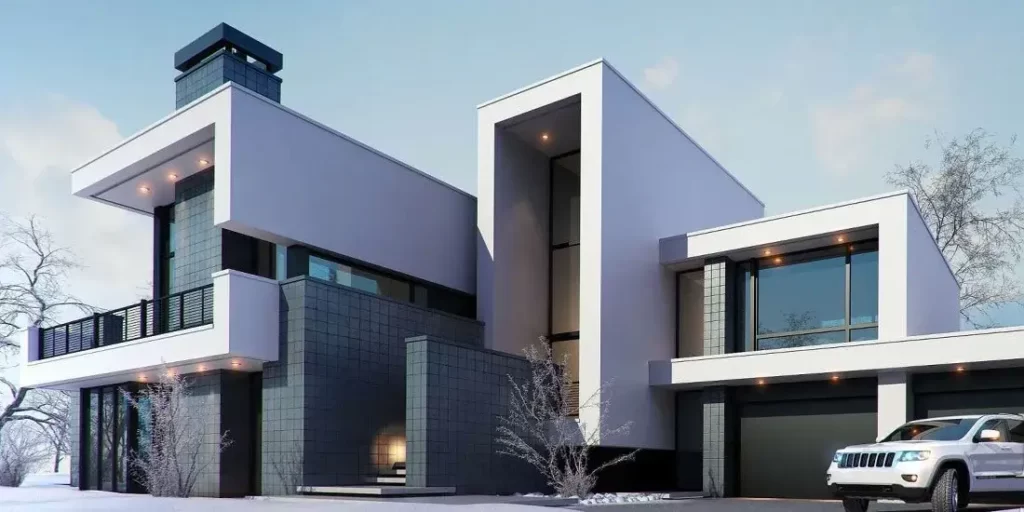FLAT ROOF
Which roof is better – we know: some people like flat roofs in Art Nouveau or constructivism style, others want to build a simple and reliable gable roof on their own, and still others are going to hire helpers.
In any case, it is important to choose the right type of roof and roofing material, so that on the one hand, the roof of the house was beautiful, on the other hand, not too expensive, and in addition – suitable for the climatic conditions in which the house is located.
It is not a secret that from the snow lying on the roof and its avalanche-like descent, you can get both damage to the roof (“deflection” of the roof, torn out snow guards, damaged drainage), and serious damage to neighboring buildings (fence, garage, shed, etc.), standing in close proximity to the house. All this must be taken into account when choosing the type of roof and independent construction.
When carrying out work on the construction and design of the roof, it is necessary to be guided by the requirements of SNIP II-26-76 – “Roofs”. And although these indicators were established back in 1979, they still have not lost their relevance.
However, when using the latest materials, it is necessary to be guided by the recommendations of their manufacturers.
If we briefly list the basic requirements that a good roof for a private house must meet, we get the following list: it should withstand wind loads and not “fold” under them; it should not leak; in winter it should not accumulate snow, and if it does accumulate, it should not lead to damage to the roof or leakage of melt water; the roof should be beautiful from a design point of view; and at the same time relatively inexpensive; and most importantly, it should retain all these qualities for as long as possible (few people like to repair or “refine” a poorly made roof every year). In general, the roof must be reliable.
So, the qualities that interest us are: beauty, reliability and cheapness. Perhaps someone will be disappointed, but these qualities are not compatible.
Usually, the more complex the shape of the roof, the more beautiful it looks, the more expensive it costs its owner, and at the same time the less reliable it becomes. This is due to the fact that the complex shape involves a lot of seams and joints that become weak points of the structure and reduces its overall reliability and durability, and in addition complicate the operation (it is primarily about the need to manually clean the “snow bags” that are formed on roofs of complex shape).


We all admire the Art Nouveau and constructivism styles in architecture, but, unfortunately, we have to state that flat roofs have found their application only in regions with a relatively warm climate, where there is no need for roof insulation or almost no snow falls. In this case, their design is extremely simple and very cheap (which corresponds to the ideals of modernism and constructivism: the simplest and most effective solution using a minimum of material).
In our climate, such a roof can be made, but it will be expensive and with a high probability it will require constant repairs, resulting in a lot of headaches for its happy owner. And if insufficiently skilled builders, who have not heard anything about the Bauhaus and the international style, “make a little mistake”, the consequences will be more severe (this is due to the peculiarities of the design and installation of flat roofs) than in the case of a standard pitched roof.

